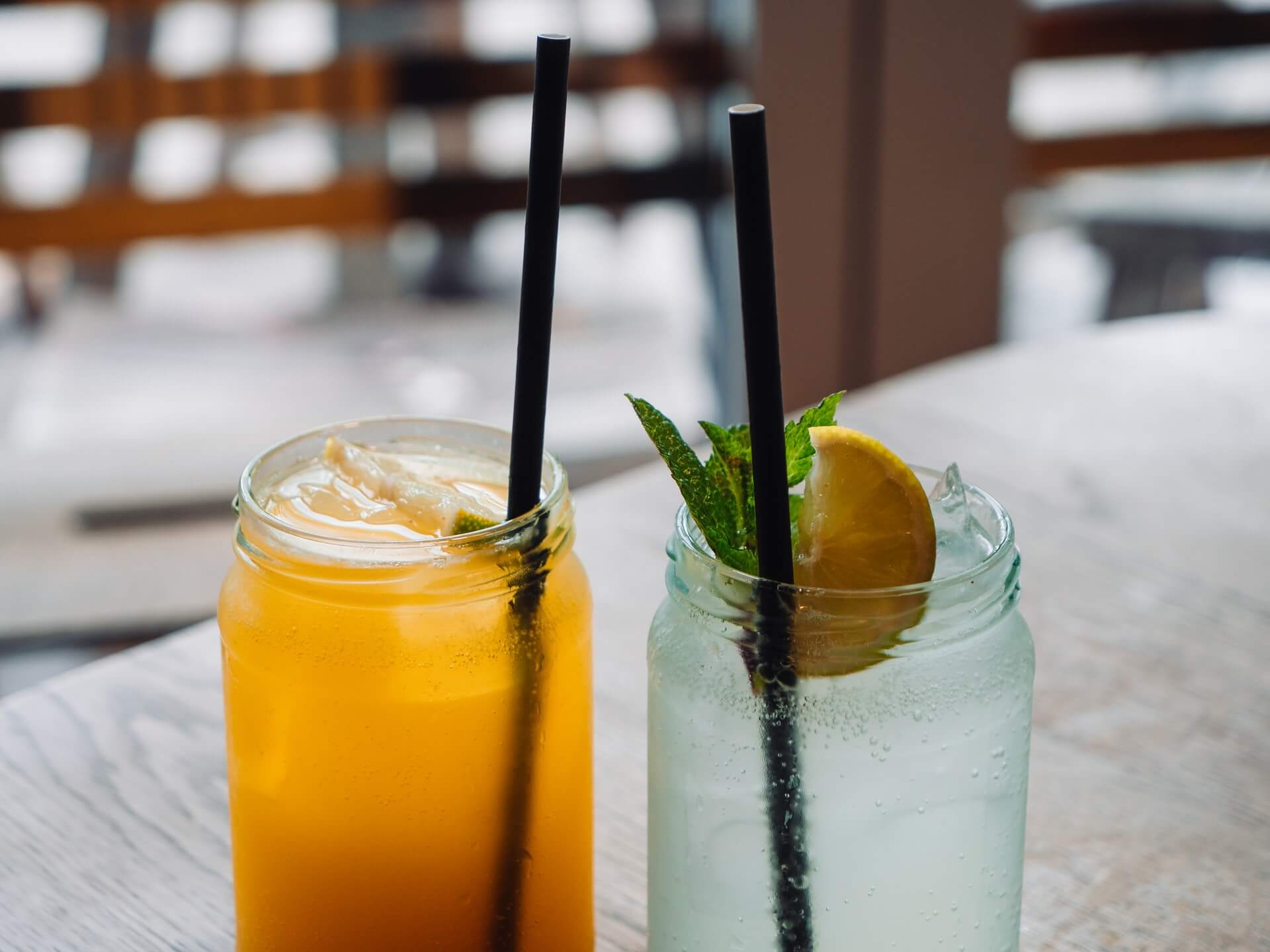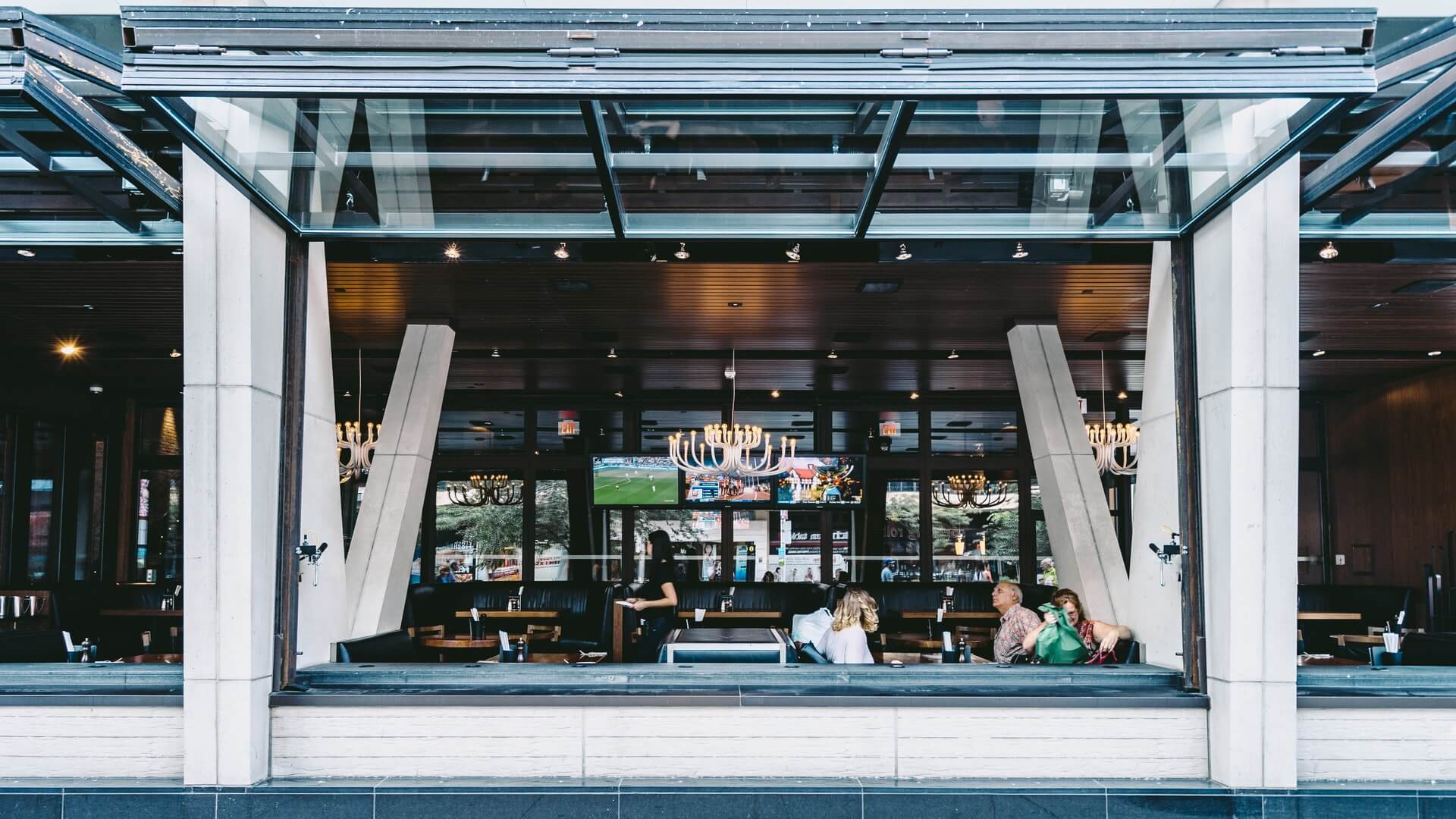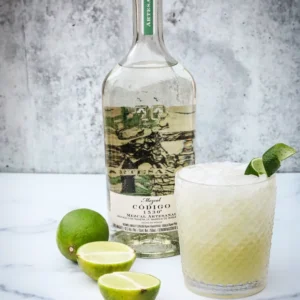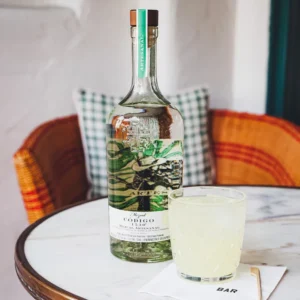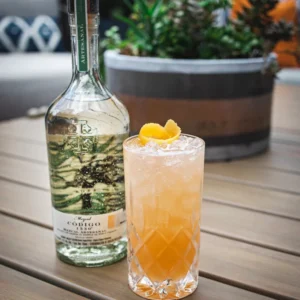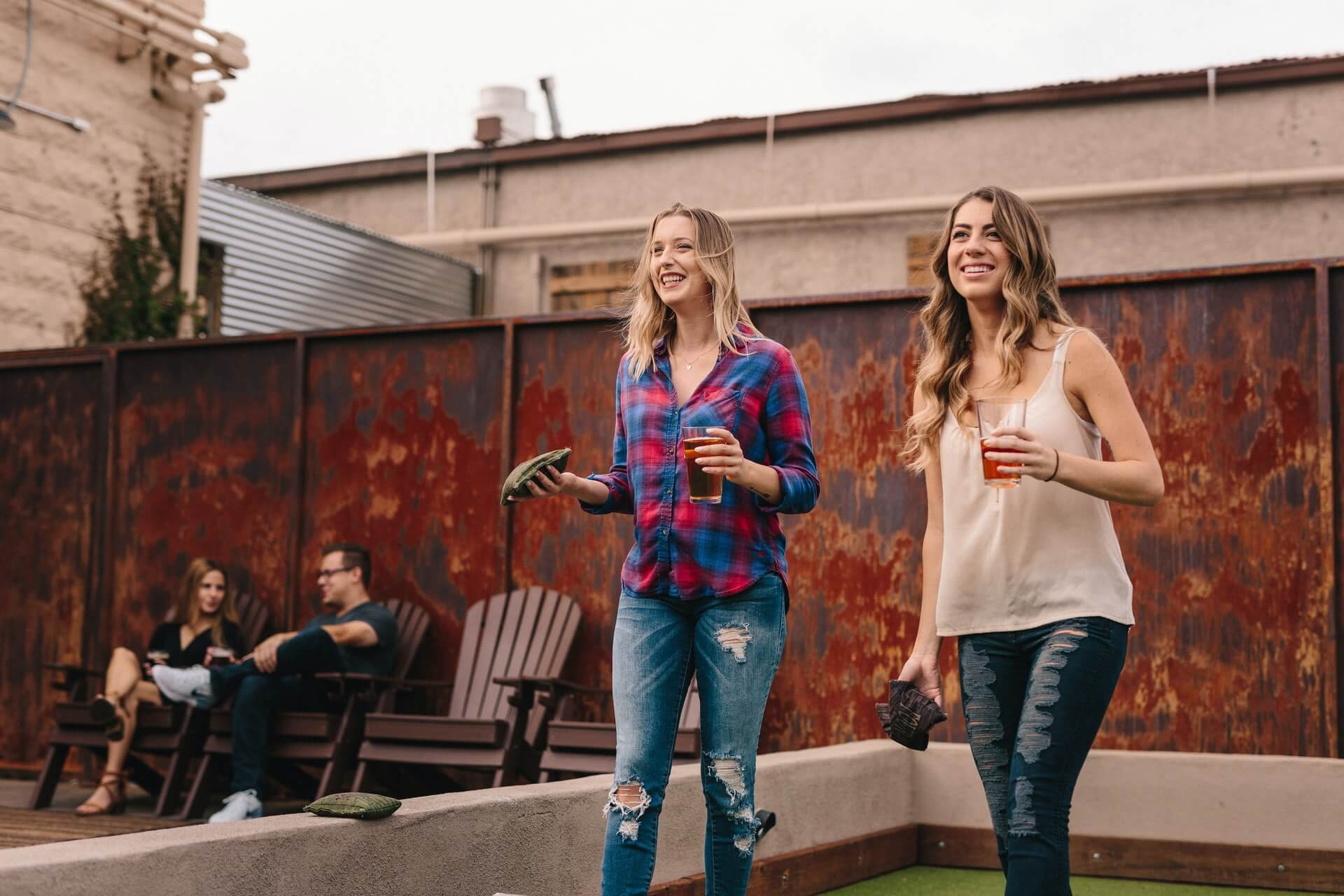5 Books to Read this Month: July 2022
by David Klemt

This month’s engaging and informative book selections will help you develop next-level beverage techniques and drink menus throughout 2022.
To review June’s book recommendations, click here.
Let’s jump in!
The Bartender’s Manifesto
Spirits, cocktail and industry author Emma Janzen partners with Toby Maloney and the bar team at the Violet Hour. Since 2007, the Violet Hour has not only been serving incredible cocktails in Chicago, the bar has also been leading the way in cocktail training.
So, who better to learn from to nail the fundamentals, tap into your creativity, and understand every element of crafting cocktails? Pick up The Bartender’s Manifesto today. As of publication of this article, Amazon is offering $2.70 off the hardcover.
Black Mixcellence: A Comprehensive Guide to Black Mixology
Marketing strategist and award-winning author Tamika Hall collaborates with one of my favorite industry people, Colin Asare-Appiah, to bring us this awesome book.
Black Mixcellence delves into the impact of Black entrepreneurs, educators, and mixologists on the hospitality, spirits, and cocktail spaces. Along with the incredible stories, there are 70 cocktail recipes included in Black Mixcellence. Place your pre-order today!
Smoked Cocktails: From Mixology To Smoking Techniques
You and your bar team may have noticed that smoking cocktails is once again “on trend.” To be fair, I don’t think this cocktail build and presentation technique ever became unpopular.
In Smoked Cocktails you’ll learn not only how smoke plays with and enhances other flavors and aromas, author Benji O’Day also covers cocktail history, bartending techniques, and much more. Grab the paperback from Amazon today.
Cocktail Chemistry
Leveraging nostalgia and pop culture can be a lucrative way of boosting traffic, generating revenue, and increasing social media engagement. Written and curated by Nick Fisher, Cocktail Chemistry features cocktail recipes from iconic and beloved movies and television shows.
In addition, this informative cocktail book includes how-tos spanning a range of important bar techniques, from making clear ice to creating your own infusions. Pick up this hardcover now.
The Concise Guide to Wine and Blind Tasting: Volume 1
Do you have a robust wine program? Are you interested in demystifying wine and enhancing your front-of-house team’s knowledge of wine? Do you just not want your bar team or servers to answer guests’ wine questions with a frustrating “I don’t know”?
This guide, according to The Times Literary Supplement, delivers a “comprehensive education in wine.” Included in The Concise Guide to Wine and Blind Tasting: Volume 1 are the philosophy and history of wine, the distinctive characteristics of several wine regions, the science and art behind blind wine tasting, and more.


